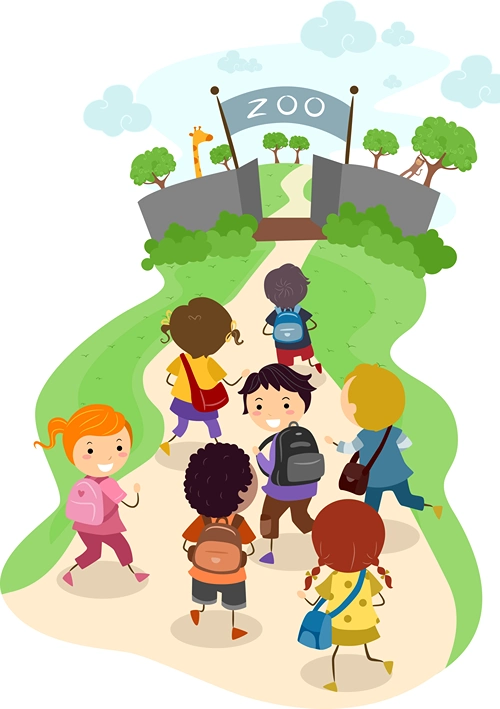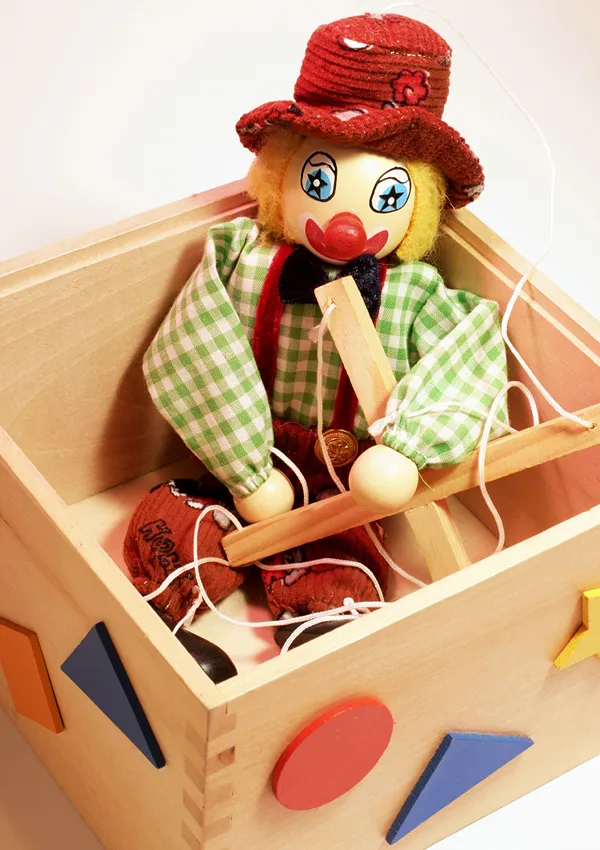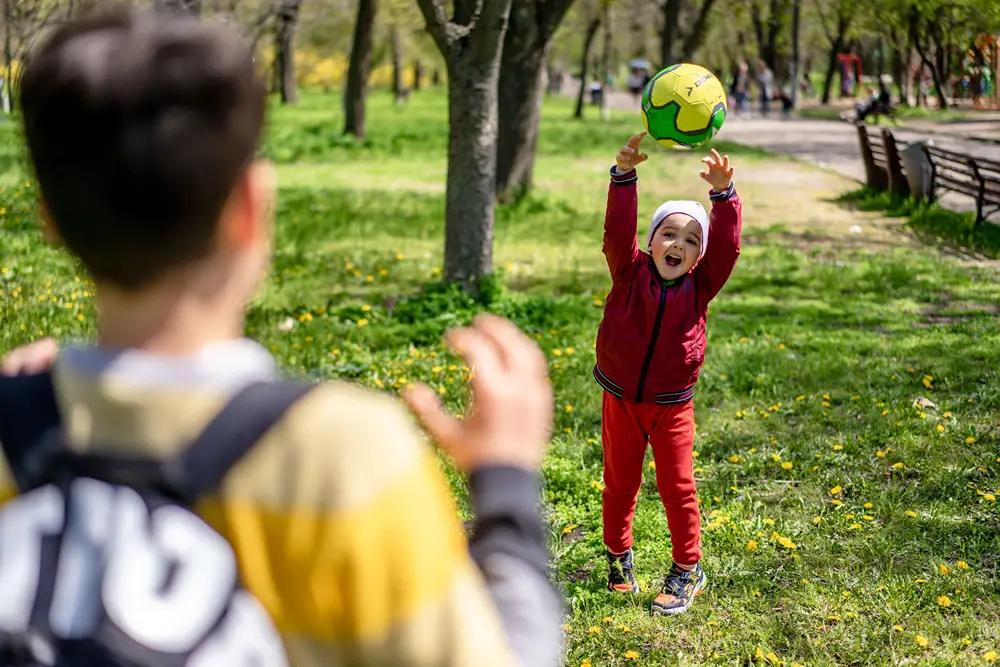Can Google Remove Search Result Issues for Your Child?
The internet offers kids endless opportunities to learn, connect, and grow, but it also comes with risks like cyberbullying, harmful content, and privacy concerns. For parents, safeguarding children online can feel overwhelming, but tools, education, and laws are paving the way for safer, healthier digital experiences.
From parental controls to global protections like GDPR and COPPA, families now have resources to address online threats and create secure spaces for kids. Here’s how you can protect your child online and ensure their well-being.
Removing Harmful Content from Google
When sensitive or harmful information about a child surfaces online, it can damage their mental health and reputation. Platforms like Google provide tools to help parents take control of their child’s online presence.
How to Remove Negative Search Results
- Visit the Google Removal Request Tool: Access the tool to report harmful or sensitive content.
- Submit the Details: Provide the URLs and explain why the content violates safety or privacy.
- Follow Up: Google reviews the request and may remove content from search results, though it won’t erase it from the internet.
Proactively monitoring your child’s name online and using tools like Google Alerts or understanding how to use Google remove search result options can help you stay ahead of harmful content.
Global Online Safety Protections
Different countries are adopting unique approaches to protect children online, emphasizing privacy, security, and well-being.
Europe: GDPR and the “Right to Be Forgotten”
The General Data Protection Regulation (GDPR) provides EU minors with the ability to request the removal of personal data online, aiming to reduce their digital footprint.
- Key Protections: Stronger consent for children’s data and the ability to delete underage data.
- Impact: Encourages accountability among platforms and offers parents tools to safeguard their children’s online privacy.
Australia: Social Media Ban for Under-16s
In 2024, Australia enacted a law prohibiting social media access for those under 16, requiring age verification.
- Pros: Reduces exposure to harmful content and cyberbullying, promoting healthier screen habits.
- Cons: Critics argue it infringes on expression and raises privacy concerns with age-verification requirements.
United States: Federal and State Initiatives
- COPPA (Children’s Online Privacy Protection Act): Limits data collection for children under 13 and requires parental consent for many online activities.
- California Consumer Privacy Act (CCPA): Provides minors under 18 the right to erase content they regret posting.
- State-Level Efforts: States like Florida are exploring stricter moderation and data privacy laws to enhance protections for minors.
What Parents Can Do Today
Parents play a crucial role in creating a safer online environment. Here are actionable steps:
1. Monitor and Educate
- Regularly search your child’s name online to identify and address harmful content.
- Teach children about online safety, including the importance of privacy, spotting scams, and avoiding harmful interactions.
2. Use Parental Controls and Filters
- Leverage internet filtering tools to block inappropriate content.
- Utilize parental controls on devices, apps, and platforms to limit access and monitor usage.
3. Foster Digital Literacy
- Discuss responsible social media use and the risks of oversharing.
- Encourage open communication, so your child feels comfortable discussing online experiences.
Understanding the Risks: Cyberbullying and Inappropriate Content
Social media and online platforms are common grounds for cyberbullying. Used improperly they can lead to stalking, online harassment, exposure to inappropriate content, and peer pressure. To mitigate these risks:
- Set boundaries for screen time and app usage.
- Monitor interactions on platforms known for younger audiences, like gaming apps and chat forums.
The Future of Online Safety
With advancements in technology and increasing awareness, countries and tech companies are evolving their approach to online safety. While laws like Europe’s GDPR and Australia’s social media restrictions pave the way, tools like Google’s Removal Request Tool empower parents to take immediate action and remove personal content that is undesirable.
By combining education, parental controls, and ongoing monitoring, parents can create a safer online space where children can learn, grow, and connect without compromising their well-being. Protecting kids online is a team effort, and every proactive step makes a difference.










